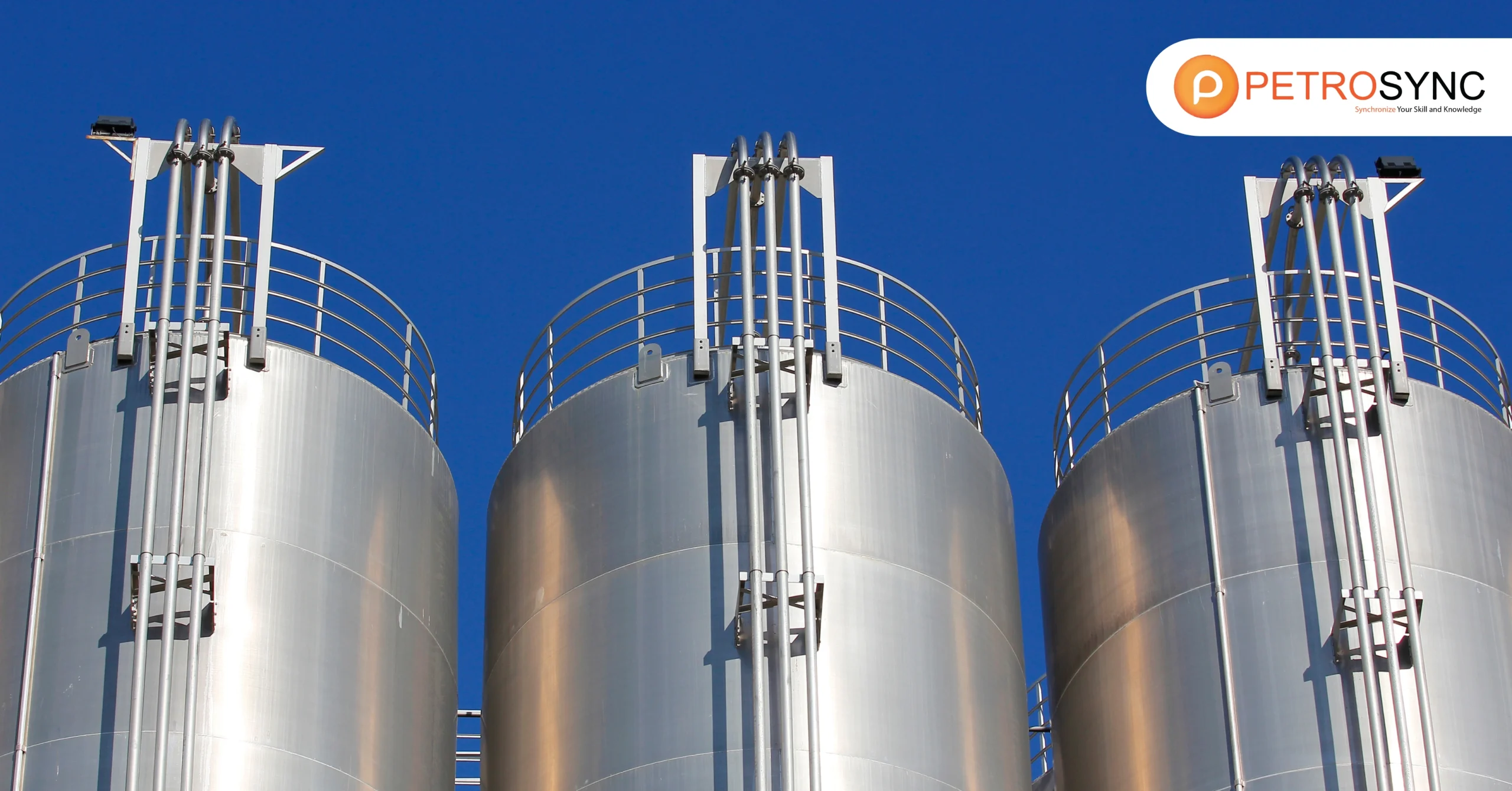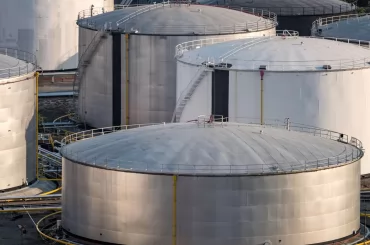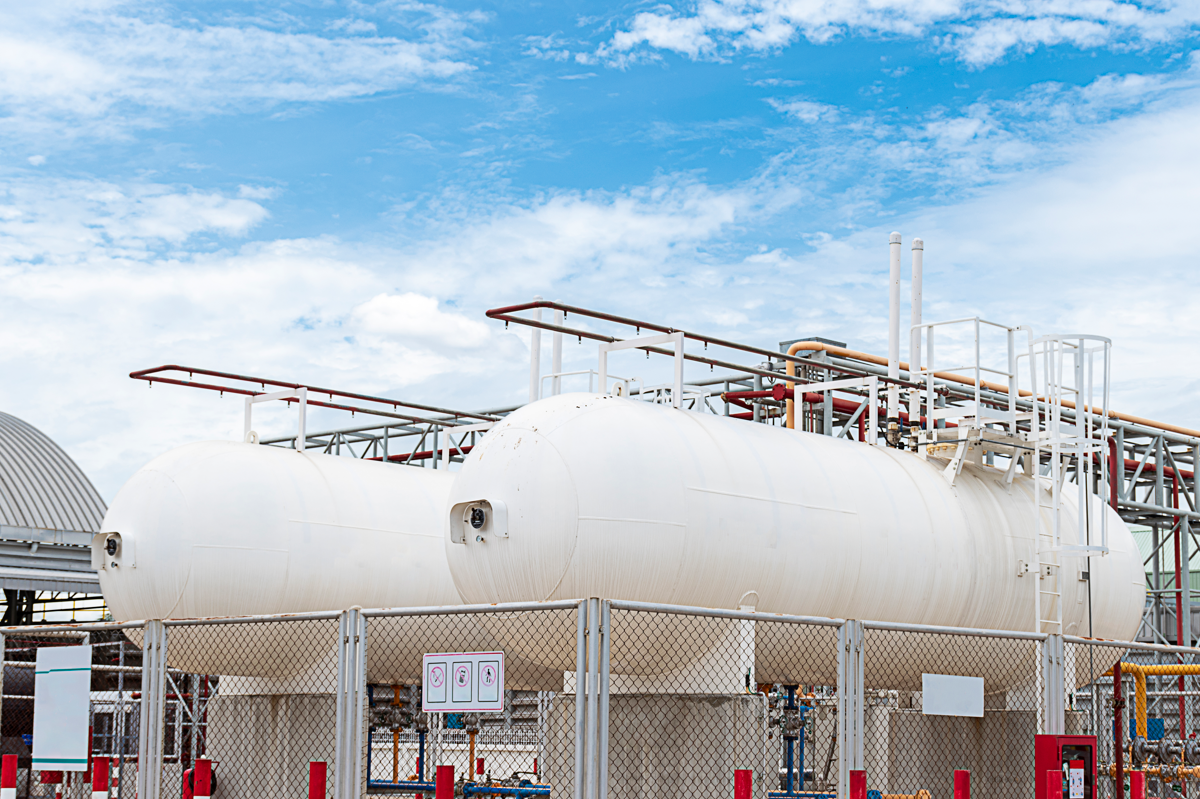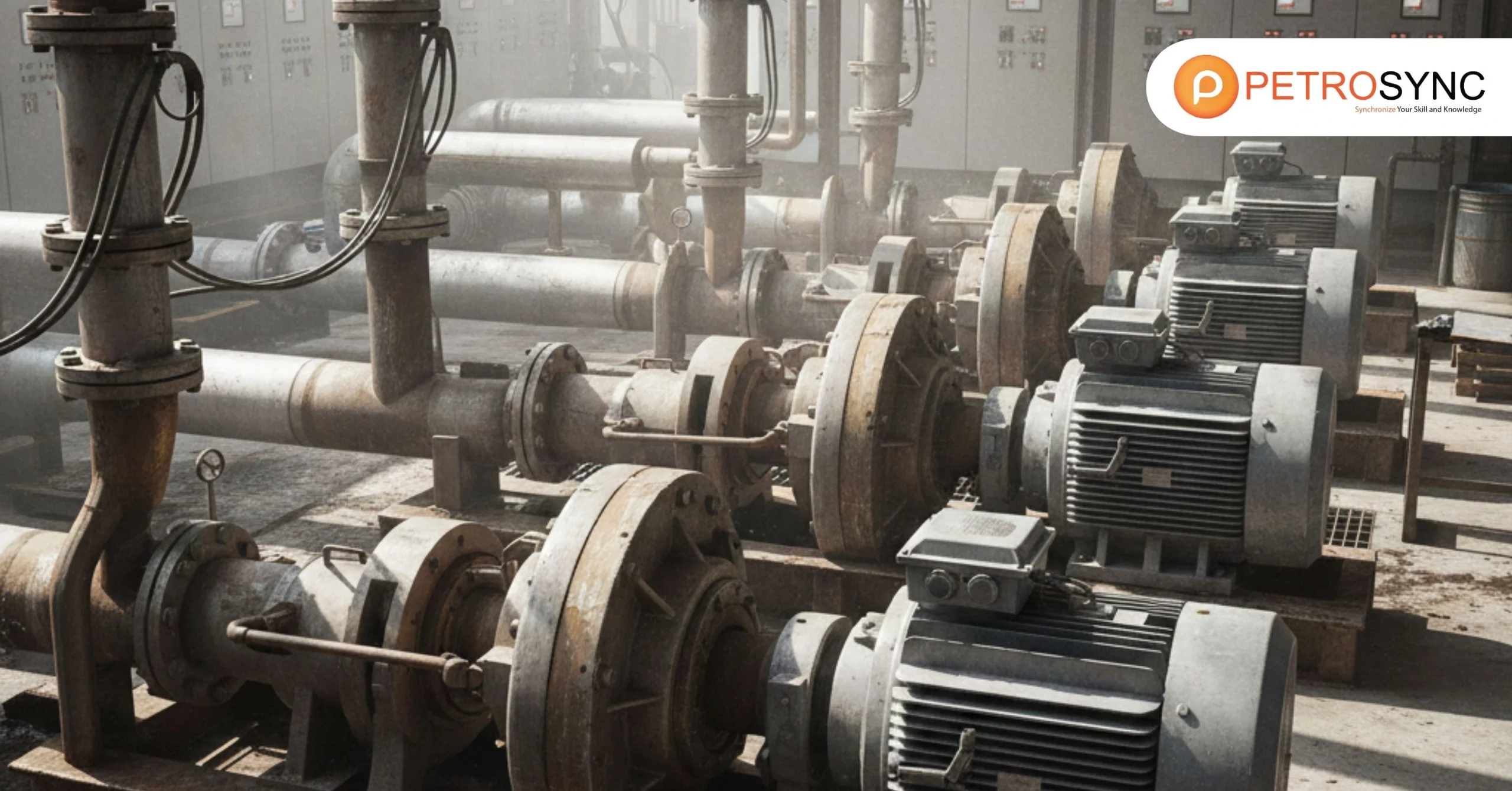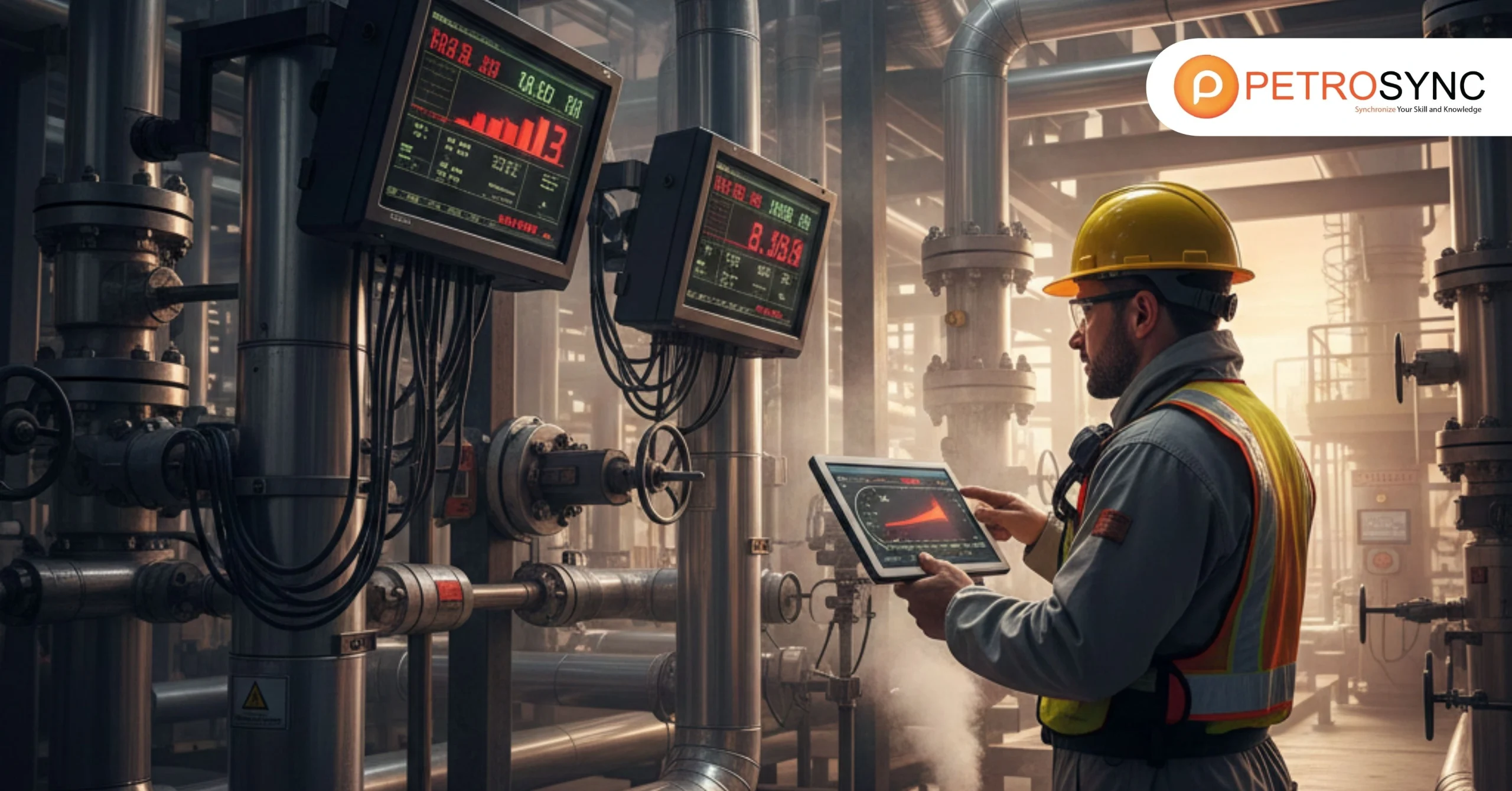Storage tanks are critical infrastructure for sectors such as oil and gas, petrochemicals, and electricity. These tanks are more than just receptacles for storing liquids and gases; they ensure the safe handling of hazardous materials and play an important part in overall operations.
Proper storage tank maintenance is crucial for equipment longevity as well as compliance with safety and environmental standards. This article highlights the importance of storage tank maintenance, the many types of tanks, inspection methods, and how PetroSync technologies are shaping the future of tank inspection and management.
What is Storage Tank Maintenance?
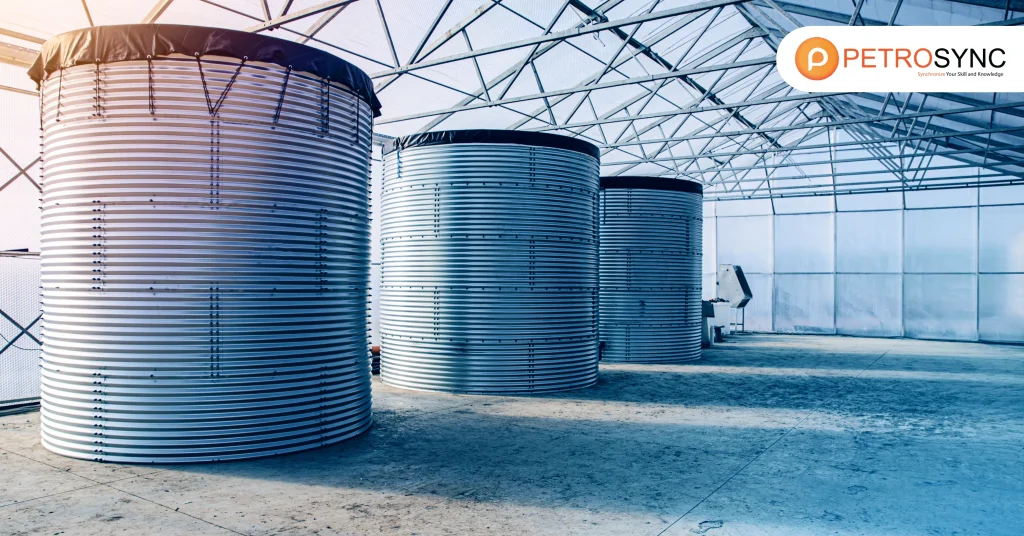
Storage tank maintenance entails a variety of procedures designed to keep storage tanks operating efficiently and safely. It consists of tank inspection, cleaning, maintenance, and component replacement to prevent leaks, corrosion, and other issues. A planned maintenance plan for the oil, gas, and petrochemical sectors ensures operational safety and adherence to regulatory standards such as API 653.
Regular tank inspections are an important part of maintenance plans. Following suggestions such as API 653, a generally accepted standard for inspecting and repairing aboveground storage tanks, helps to detect wear, corrosion, and other signs of degradation. Adherence to such measures prolongs tank life and assures facility and environmental safety.
What is the Purpose of a Storage Tank?
Storage tanks are typically used to keep large amounts of liquids, gases, or other components needed throughout production cycles. Tanks are required in industries like oil and gas to properly store raw materials such as crude oil, chemicals, and refined products, as well as to effectively manage hazardous compounds.
Storage tanks also act as a production buffer, assuring material availability during supply changes or peak demand periods. They are critical to process continuity and regulatory compliance, assisting companies in efficiently storing commodities and meeting operational requirements.
How Do You Maintain a Storage Tank?
Maintaining a storage tank requires a systematic approach, which includes tank inspection, storage tank repair, and scheduled cleaning.Here are the major steps in maintenance:
Inspection and Assessment:
Regularly examining tanks for signs of wear, corrosion, or structural damage is critical. Non-destructive testing procedures, such as ultrasonic testing and adhering to API 653 rules, can analyze the tank’s structural health while preserving its integrity.
Cleaning:
Cleaning eliminates sediment, pollutants, and deposits from inside the tank. Scheduled cleanings vary depending on tank type and stored content, but they are critical for maintaining tank integrity and product quality.
Corrosion Prevention:
Aboveground storage tanks are prone to corrosion, especially in harsh environments. Rust and corrosion can be prevented via protective coatings, cathodic protection, and corrosion-resistant linings.
Repair and Replacement:
Fix broken components like seals, valves, and structural pieces promptly to eliminate leaks and risks. Replace individual parts—or the entire tank—if you find serious damage.
Documentation and Compliance:
To comply with the API 653 Effectivity Sheet, maintenance actions must be accurately recorded. Documenting each maintenance activity ensures that safety and environmental criteria are maintained, making auditing and regulatory compliance easier.
What are the Three Types of Storage Tanks?
Common storage tank types include:
Fixed-Roof Tanks:
A basic aboveground storage tank with a fixed roof for low vapor pressure liquids like water and chemicals.
Floating-Roof Tanks:
Tanks with rotating roofs eliminate vapor and emissions, ensuring safe, efficient storage of volatile liquids like crude oil.
Pressurized Storage Tanks:
Pressurized tanks for high-pressure liquefied gases regulate LPG and are essential for enterprises handling combustible gases.
The design, materials, and contents of each storage tank type determine its maintenance and inspection needs.
What is the Difference Between a Storage Tank and a Day Tank?
The primary distinction between a storage tank and a day tank is size and purpose. Storage tanks are massive vessels that can store materials for extended periods of time and act as a bulk reserve for facilities. Day tanks, on the other hand, store smaller amounts of material for daily use, allowing operators to easily access and refill them regularly.
Day tanks are easier to monitor and maintain, which allows for more frequent inspections and hands-on material control. Both storage and day tanks contribute to a facility’s material management strategy, allowing it to function constantly.
PetroSync: Join the Leading Training Program for Storage Tank Maintenance
PetroSync, a leading industrial training and consulting firm, provides storage tank maintenance training that includes best practices for tank inspection, repair, and regulatory compliance. Through PetroSync’s courses, professionals gain hands-on knowledge and practical skills in tank maintenance, API 653 standard, and essential safety protocols.
PetroSync’s programs cover key aspects of tank maintenance, such as corrosion control and API 653 exam preparation, enabling professionals to develop expertise in safety and compliance. PetroSync equips maintenance workers to maintain tanks safely and effectively by aligning with API 653 Effectivity Sheet standards and embracing industry innovations.
These initiatives are crucial in industries such as oil, gas, and petrochemicals, where storage tanks are essential assets. PetroSync empowers professionals to create effective maintenance plans, boosting safety and efficiency with comprehensive tank maintenance insights.

Results-oriented and thorough SEO specialist with extensive experience in conducting keyword research, developing and implementing digital website promotion strategies and plans, managing campaigns to develop company websites in the digital world, excellent knowledge of marketing techniques and principles, and attentive strong attention to detail.

